Wild turkeys run along a path in an eastern US forest
Wild turkeys run along a path in an eastern US forestWild turkeys run along a path in Massachusetts. Photo by Meredith Hartwell, USGS.

An official website of the United States government
Here's how you know
Official websites use .gov
A .gov website belongs to an official government organization in the United States.
Secure .gov websites use HTTPS
A lock () or https:// means you’ve safely connected to the .gov website. Share sensitive information only on official, secure websites.
Below are images associated with SBSC's science and staff. Images appear according to the year they were taken. To search, type a keyword or select a year from the dropdown menu. Or, click through the pages using the arrows at the bottom of the page.

Wild turkeys run along a path in Massachusetts. Photo by Meredith Hartwell, USGS.
Wild turkeys run along a path in Massachusetts. Photo by Meredith Hartwell, USGS.
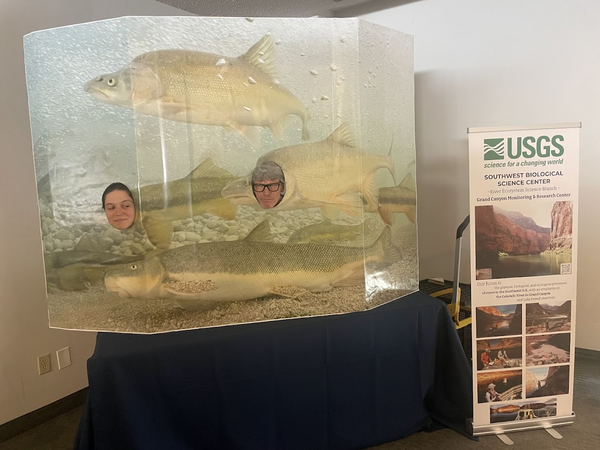
USGS scientists Shannon Sartain and Paul Grams smile through a playful humpback chub cutout display. The display was part of the SBSC information table at the Flagstaff Biennial conference on Science and Technology, Sept 2025. Photo by Anya Metcalfe, USGS.
USGS scientists Shannon Sartain and Paul Grams smile through a playful humpback chub cutout display. The display was part of the SBSC information table at the Flagstaff Biennial conference on Science and Technology, Sept 2025. Photo by Anya Metcalfe, USGS.
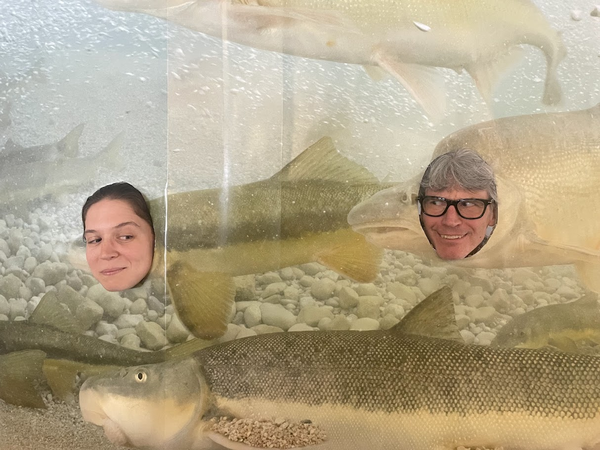
USGS scientists Shannon Sartain and Paul Grams smile through a playful humpback chub cutout display. The display was part of the SBSC information table at the Flagstaff Biennial conference on Science and Technology, Sept 2025. Photo by Anya Metcalfe, USGS.
USGS scientists Shannon Sartain and Paul Grams smile through a playful humpback chub cutout display. The display was part of the SBSC information table at the Flagstaff Biennial conference on Science and Technology, Sept 2025. Photo by Anya Metcalfe, USGS.
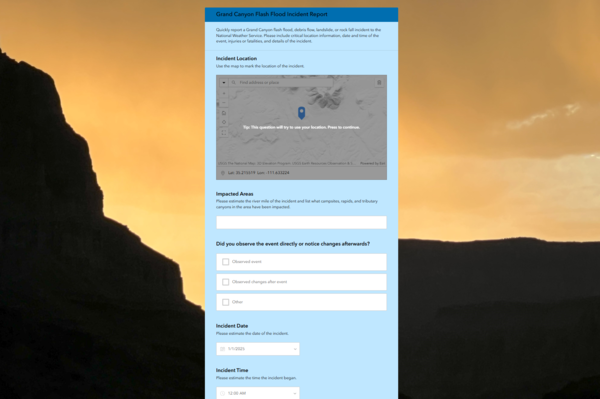
A screenshot of the Grand Canyon community science natural hazard event reporting app form fields.
A screenshot of the Grand Canyon community science natural hazard event reporting app form fields.
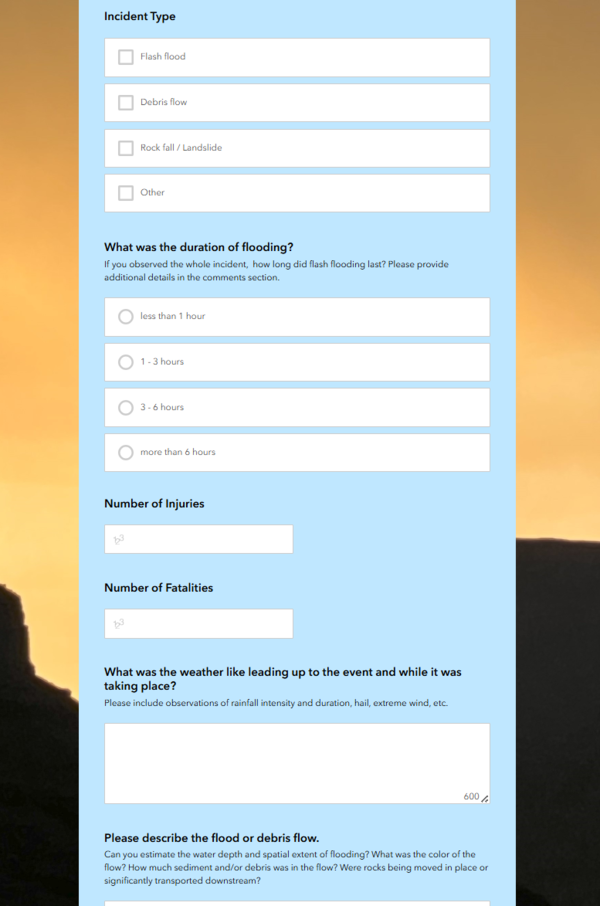
A screenshot of the Grand Canyon community science natural hazard event reporting app form fields.
A screenshot of the Grand Canyon community science natural hazard event reporting app form fields.
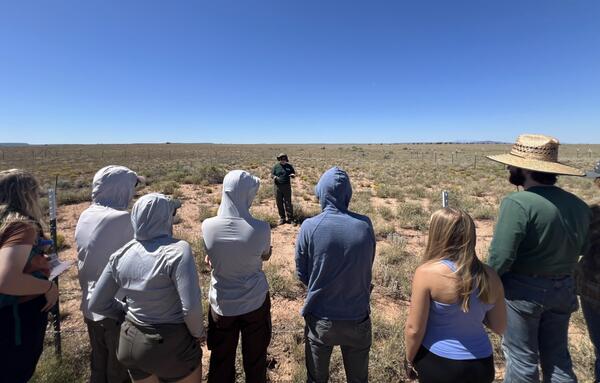
Laura Shriver, RAMPS coordinator, gives a tour of a Northern Arizona RestoreNet site to Northern Arizona University students. Photo by Jessica Archibald (Diablo Trust).
Laura Shriver, RAMPS coordinator, gives a tour of a Northern Arizona RestoreNet site to Northern Arizona University students. Photo by Jessica Archibald (Diablo Trust).
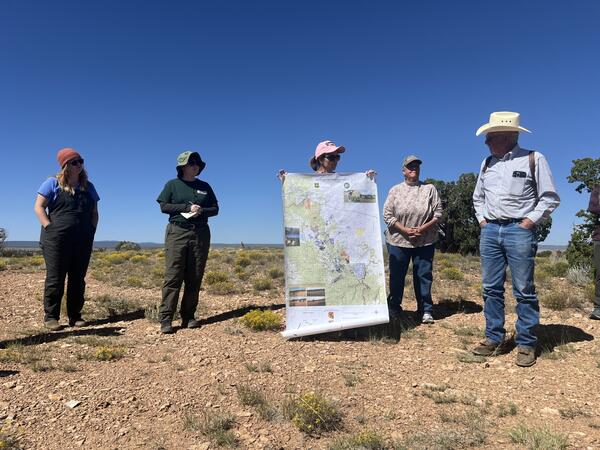
Researchers from the U.S. Geological Survey and University of Arizona collaborate with Diablo Trust ranchers on range improvement and restoration efforts on Northern Arizona rangelands. Photo by Jessica Archibald (Diablo Trust).
Researchers from the U.S. Geological Survey and University of Arizona collaborate with Diablo Trust ranchers on range improvement and restoration efforts on Northern Arizona rangelands. Photo by Jessica Archibald (Diablo Trust).
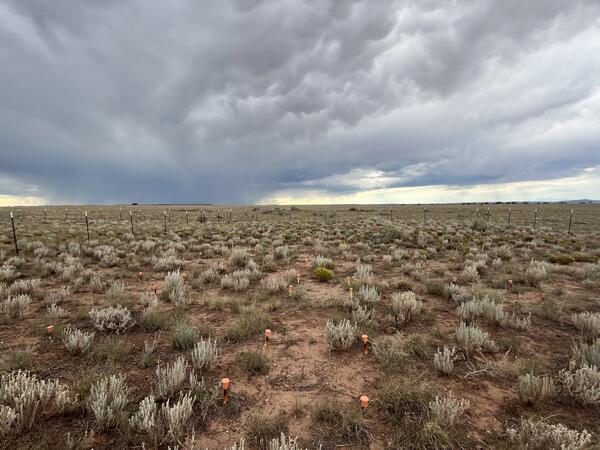
A RestoreNet site in Northern Arizona with late summer monsoon rain clouds in the background. Photo by Laura Shriver.
A RestoreNet site in Northern Arizona with late summer monsoon rain clouds in the background. Photo by Laura Shriver.
Illustrations of eight Grand Canyon native fish species by Lindsay Hansen, USGS, SBSC.
Illustrations of eight Grand Canyon native fish species by Lindsay Hansen, USGS, SBSC.

A series of flash flood warnings sent by text on June 3, 2025, from the Grand Canyon River Alerts System (GCRAS) for the Colorado River Basin.
A series of flash flood warnings sent by text on June 3, 2025, from the Grand Canyon River Alerts System (GCRAS) for the Colorado River Basin.
Benjamin Miller is a fish biologist with the USGS Southwest Biological Science Center’s Grand Canyon and Monitoring and Research Center in Flagstaff, AZ.
Benjamin Miller is a fish biologist with the USGS Southwest Biological Science Center’s Grand Canyon and Monitoring and Research Center in Flagstaff, AZ.

USGS scientists collect vegetation forage data from a grazing and drought drylands experiment on the Colorado Plateau, Utah.
USGS scientists collect vegetation forage data from a grazing and drought drylands experiment on the Colorado Plateau, Utah.

USGS and university scientists observe a herd of cattle while taking a break from collecting vegetation cover data from an experiment examining the impacts of drought and grazing on grassland productivity on the Colorado Plateau, Utah.
USGS and university scientists observe a herd of cattle while taking a break from collecting vegetation cover data from an experiment examining the impacts of drought and grazing on grassland productivity on the Colorado Plateau, Utah.
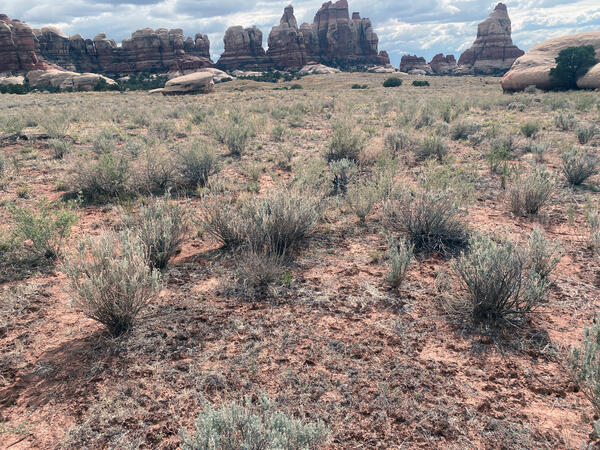
Shrubs and biocrust soils with a view of rock formations in the landscape of Canyonlands National Park, Utah.
Shrubs and biocrust soils with a view of rock formations in the landscape of Canyonlands National Park, Utah.

USGS researchers conducting vegetation and soil research as part of grasslands and drought research in rangelands, Canyonlands National Park, Utah.
USGS researchers conducting vegetation and soil research as part of grasslands and drought research in rangelands, Canyonlands National Park, Utah.
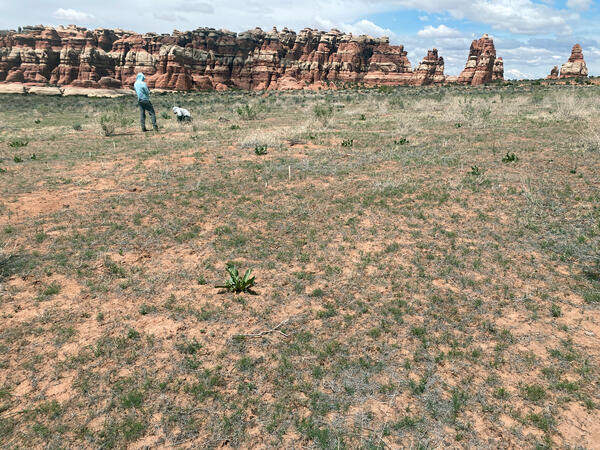
USGS researchers take measurements during vegetation drought monitoring at a long-term study site in Canyonlands National Park in May 2025.
USGS researchers take measurements during vegetation drought monitoring at a long-term study site in Canyonlands National Park in May 2025.
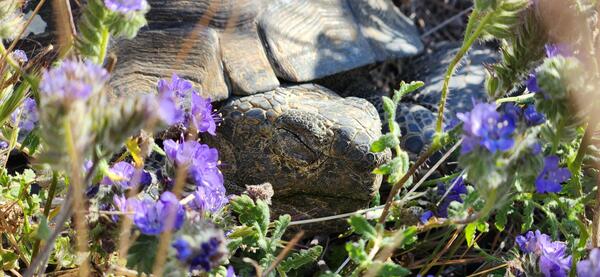
A federally listed Mojave desert tortoise (Gopherus agassizii) fondly named "Juice" sleeps in beautiful purple Phacelia flowers at a study site in Coachella Valley, CA. Photo by Sarah Birchard, USGS, Southwest Biological Science Center.
A federally listed Mojave desert tortoise (Gopherus agassizii) fondly named "Juice" sleeps in beautiful purple Phacelia flowers at a study site in Coachella Valley, CA. Photo by Sarah Birchard, USGS, Southwest Biological Science Center.

A USGS scientist collects plant data at a long-term grassland study site underneath a drought shelter that excludes ~30% of incoming precipitation as part of a study to understand drought impacts on Colorado Plateau rangelands. Photo taken April 2025. The shelter was installed in 2010.
A USGS scientist collects plant data at a long-term grassland study site underneath a drought shelter that excludes ~30% of incoming precipitation as part of a study to understand drought impacts on Colorado Plateau rangelands. Photo taken April 2025. The shelter was installed in 2010.
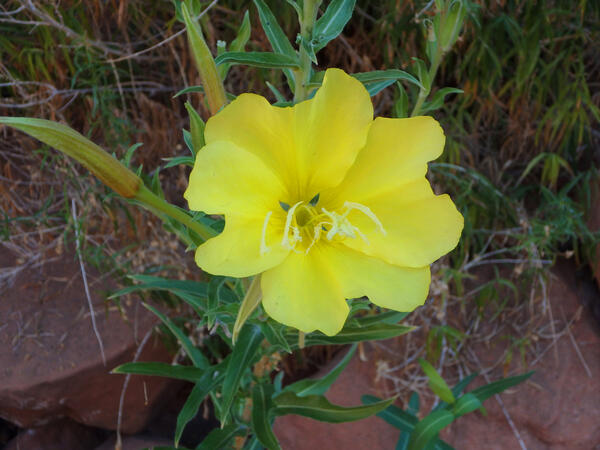
Oenothera elata ssp. hookeri, a type of evening primrose, is a native plant in AZ. This photo was taken in Grand Canyon near the Colorado River during routine vegetation monitoring by the USGS Grand Canyon Monitoring and Research Center.
Oenothera elata ssp. hookeri, a type of evening primrose, is a native plant in AZ. This photo was taken in Grand Canyon near the Colorado River during routine vegetation monitoring by the USGS Grand Canyon Monitoring and Research Center.
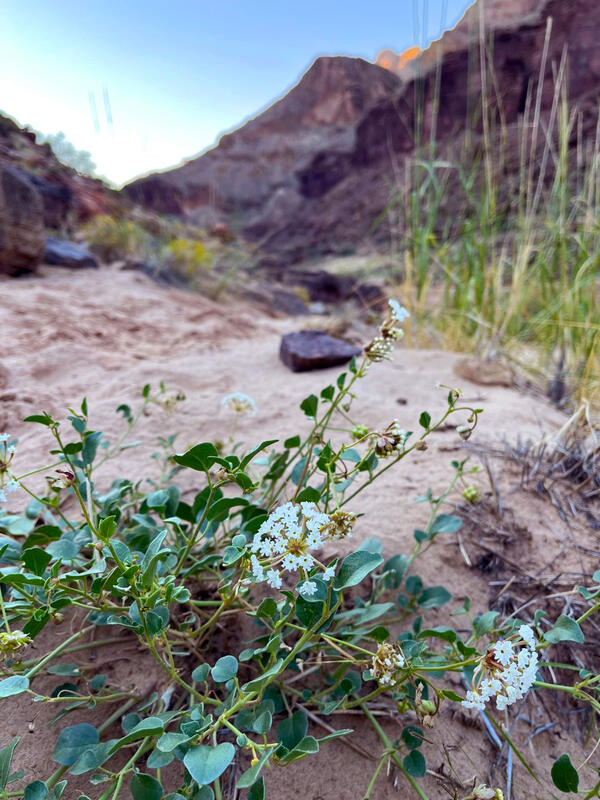
Flowering Abronia elliptica (Fragrant white sand verbena) in Grand Canyon near the Colorado River. Photo by Emily Palmquist, USGS.
Flowering Abronia elliptica (Fragrant white sand verbena) in Grand Canyon near the Colorado River. Photo by Emily Palmquist, USGS.
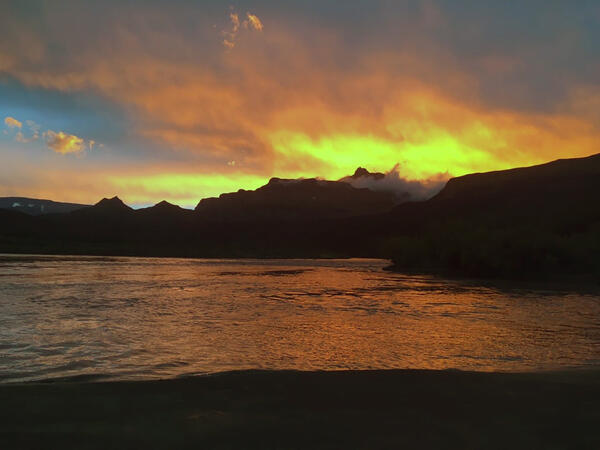
A bright sunset reflects orange light on the Colorado River in Grand Canyon, at Basalt Camp. Photo by Emily Palmquist, USGS.
A bright sunset reflects orange light on the Colorado River in Grand Canyon, at Basalt Camp. Photo by Emily Palmquist, USGS.
